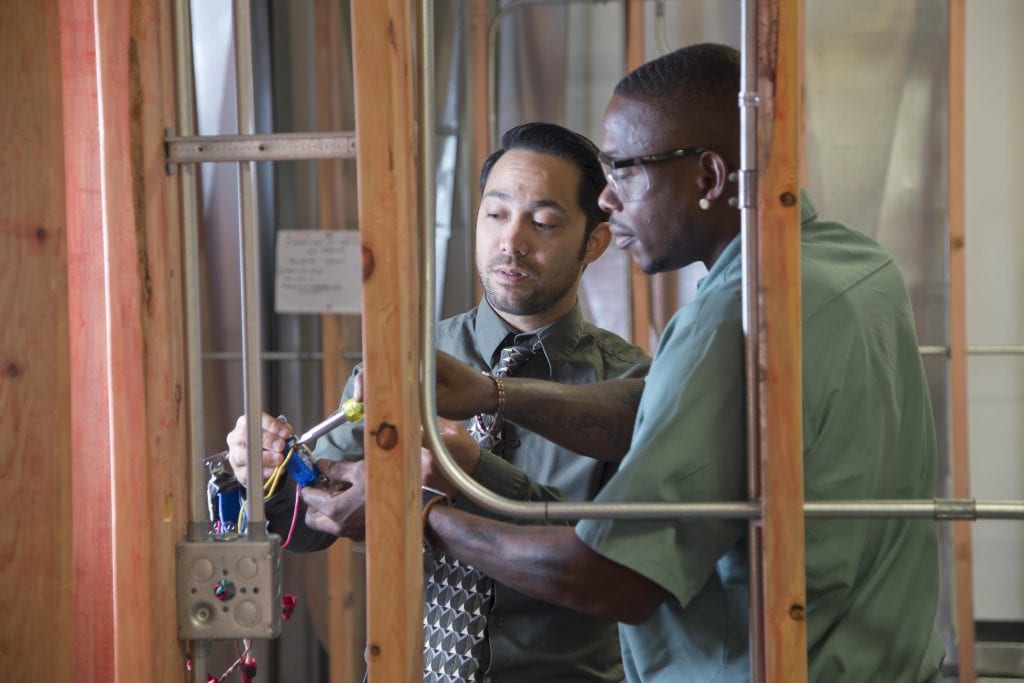A 2019 report by the National Fire Protection Association (NFPA) states faulty wiring was the second-leading cause of residential fires in the United States between 2012-2016. That’s alarming—especially since it is preventable. It also can run up your electricity bill. Could electrical updates save your home—and keep more money in your pocket? Here are some considerations to help you decide.
When do I need to update the wiring?
Not all unsafe wiring is old; it may just be damaged, worn, cracked, or corroded. Any of these may be signs you need to update the electrical wiring in your home to ward off the likelihood of an electrical accident or fire:
• Loose connections
• Frayed cords
• Pinched, pierced or cracked wire insulation
• Overheated wires or cords
• Damaged electrical appliances
• Wiring that rodents may have chewed
Everything seems to work, so why would I update my home electrical?
Is your home more than 40 years old? There are wiring risks in older homes that could signal a need for updates. Most homes built before the 1940s used knob and tube wiring that ran along and through the building’s frame: one black charged wire and one white neutral wire. Electrical tape placed around ungrounded soldered wires formed splices and wire connections. Insulation prior to 1960 was made of rubber that was known to crumble or flake. If the insulation became worn, was incorrectly installed, or was covered with regular building insulation material, it could be dangerous and not up to NEC—National Electrical Code—standards.
Although NEC was established in 1897, it is consistently upgraded and provides the latest regulations regarding electrical wiring, overcurrent protection, grounding, and installation of equipment. Following code doesn’t always require replacement of wiring—especially if you live in a historic home. If local code allows it and your wiring needs work, you can splice the old knob and tube wiring with a new NM (non-metallic) cable if you use a junction box, which protects wire connections. Even if your house was built as late as the early 1970s you could have a safety hazard if your wiring is aluminum, rather than the standard copper. Aluminum connections can loosen and cause fires.
How do I know if my wiring is ok?
If you have no idea when your wiring was inspected, it’s a good idea to have a professional electrician check it for wear and tear. This can be especially helpful if you’ve experienced any of the following:
• Frequently blown fuses or tripped breakers
• Flickering lights
• Tingling sensations when you touch an appliance
• A burning smell that persists from an appliance or room
• Warm, sparking or discolored electrical outlets
• Two-prong (rather than three-prong grounded) outlets throughout your house
How long does the electrical wire last?
The copper wire used for electrical wiring today can last 100 years. The problem is with the protective sheathing or insulation, which can wear down a lot sooner. It’s the type of sheathing that determines how long the wiring lasts, which is usually 50 to 70 years.
Are there any other clues that I should update the electrical wiring?
If you are keeping up with technology via computers, flat-screen TVs, air conditioners, and trendy gadgets, you might not be getting enough power to run them efficiently—or effectively. Standard household power used to run on 60 amps, but today’s devices need 200 amps of power. If you don’t have it, you could cause damage to expensive equipment. Power strips and additional outlets can help, but they may not be enough to protect your equipment and could create a safety hazard.
What do I need to do before selling my house?
If you plan to put your house on the market with outdated wiring, it might not pass inspection. You would be faced with costly repairs—and you might lose potential buyers. Updating your electrical may help you get the most money from your home sale. These updates could help get you a better offer:
• Solid copper wire and adequate grounding throughout your home
• 200-amp wiring rather than 60-amp
• Grounded outlets that all accept three-prong plugs
• Multiple outlets in each room
• A circuit breaker panel rather than a bulb-style panel
• GFCIs (ground fault circuit interrupters) put in “wet” locations (bathroom, kitchen, garage, basement)
In addition, if you arrange for an electrical inspection before your house goes on the market, you may be able to prevent potential sales issues.

My home does have issues. How much will it cost me to update the wiring?
Where you live, the size of your home, and how much needs to be done could all impact the price of updating electrical wiring. It’s not cheap and could run into the thousands of dollars for total wiring replacement. The best time to do the updates, though, would be if you’re doing a remodeling project because contractors will be around knocking walls down or accessing the wiring anyway. If you’re lucky, you may just need to add circuits and repair damaged wires, switches or panels.
How can I become an electrician?
Coyne College Chicago can provide you with the hands-on electrical training and individualized instruction you need to prepare for an in-demand career as an electrician. Enroll in the Coyne College Electrical Construction & Maintenance program, and you’ll learn about residential and industrial wiring systems, troubleshooting, and power systems analysis. Choose from day or evening classes that accommodate your schedule.
Contact Coyne College to train for a career as an electrician—a career O*NETOnLine predicts will grow faster than average of other occupations through 2028. It pays well, too: median wages in Illinois in 2019 were $27.01 hourly and $56,180 annually.


